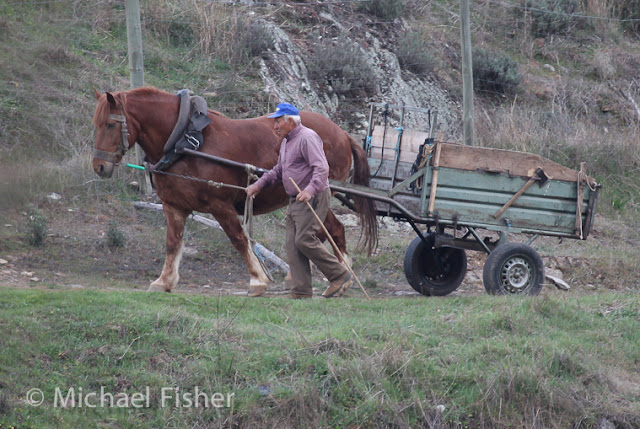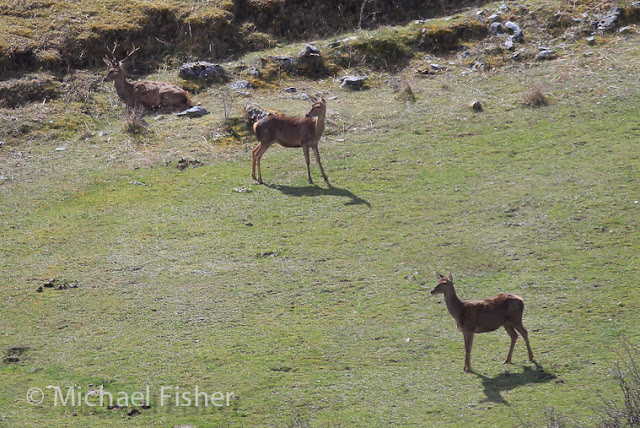We had been wolf-watching and enjoying this unpopulated and periodically inhospitable area.
The town of Puebla de Sanabria.
We had crossed the border between Spain and Portugal. On the other side of the border in Portugal, we discovered the Park Natural de Montesinho region, which is unspoiled at present.
Last year, we came to see the Lago de Sanabria.
This return trip was to visit the two glacial lakes (Laguna de Los Peces) located high above the Lago de Sanabria.
Due to the severe weather, We had yet to succeed in reaching their heights on that last trip.
Due to the severe weather, We had yet to succeed in reaching their heights on that last trip.
We had good views of both glacial lakes once we reached the summit.
The Laguna de Los Peces is concealed far up in its isolated mountain locality.
Everywhere, the weather was menacing, snow showers storming across the lakes.
The following morning, the weather had changed dramatically, and we found ourselves headed out across the Fuentes Carrionas y Fuente Cobre Natural Park, engulfed in a snowstorm. Reaching Guardo, we encountered the first snowplows.
We followed a constant snaking mountain pass; jaded, we pulled over for our lunch; far below us, a small herd of Red Deer undisturbed, later watching a pair of Foxes arrive in the corner of the stone-walled pasture; they seemed to be enjoying the weak sunshine.
We had hot soup and bread, warming and energising.
Griffon Vultures cruised the higher slopes in the hope of food.
After lunch, we continued, stopping at the roadside in an attempt to photograph the Rock Buntings bustling in the leafless shrubs.
The tapering road twists and turns towards a higher level, offering a superb mountain perspective.
Once again, it was a voyage of discovery in both Portugal and here, Spain.
Another fabulous visit!
Happy Days!


































































